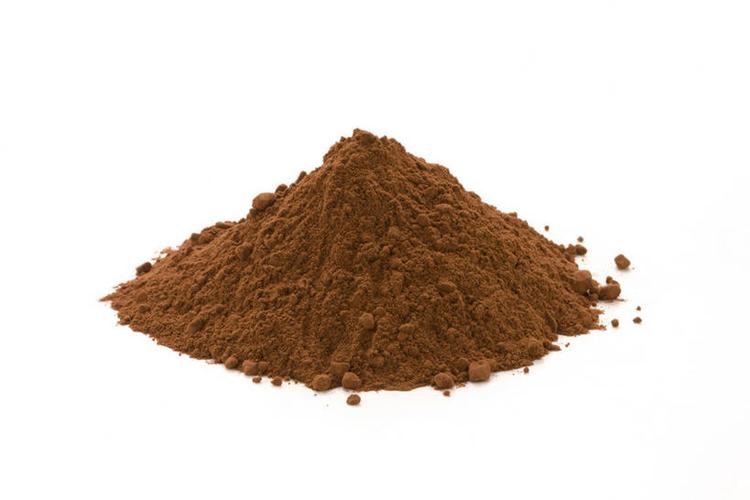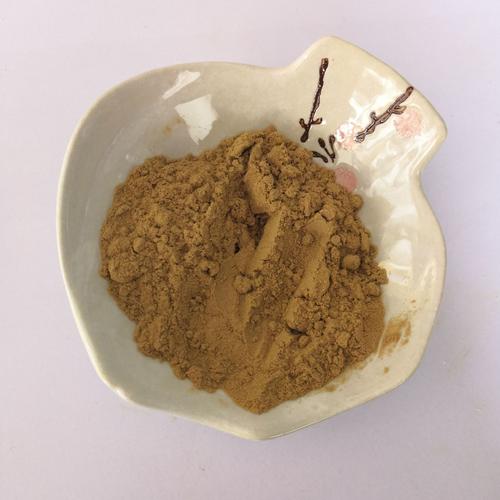**The Great Silicon Identity Crisis: Metal, Nonmetal, or In-Between?**
(Is Silicon Metal Nonmetal Or Metalloid)
Silicon is everywhere. It’s in your phone, your computer, even the solar panels on rooftops. But what exactly *is* silicon? Is it a metal? A nonmetal? Or something else? Let’s dig into this elemental mystery.
First, think about metals. They’re shiny, bendable, and great at conducting heat and electricity. Now picture nonmetals. They’re dull, brittle, and terrible at conducting anything. Silicon? It’s a bit of both. It looks metallic but cracks like glass. It conducts electricity, but only when it’s in the mood. Confused? You’re not alone.
Here’s the deal: silicon sits right on the zigzag line of the periodic table. That line splits metals from nonmetals. Elements hugging that line? They’re called metalloids. Silicon is one of them. Metalloids mix traits from both sides. They’re the indecisive middle children of the element world.
Take a closer look. Pure silicon has a shiny, silver-gray look, like a metal. But try bending it. It shatters. Metals bend. Glass breaks. Silicon acts more like glass here. What about electricity? Metals let electrons zoom through. Nonmetals block them. Silicon? It’s a semiconductor. It stops electricity cold at low temperatures but lets it flow when heated or mixed with other elements. That’s why it’s perfect for computer chips.
Now, compare silicon to its neighbors. Carbon, right above it, is a nonmetal. Germanium, below it, is also a metalloid. Silicon sits between two worlds. It bonds like a nonmetal but shares some metallic habits. For example, silicon loves teaming up with oxygen. Together, they make silica—the stuff of sand and quartz. Pure silicon rarely exists in nature. It’s usually stuck to oxygen or other elements.
Why does this matter? Silicon’s split personality makes it super useful. Metals like copper or aluminum are straightforward. Silicon? It’s flexible. Engineers tweak its conductivity by adding tiny amounts of other elements. This “doping” turns silicon into the brain of every electronic device. No metalloids, no smartphones.
Let’s talk real-world uses. Silicon’s semiconductor superpowers built the tech age. Your laptop’s processor? Packed with silicon. Solar cells? Silicon turns sunlight into power. Even kitchen items like silicone spatulas owe their heat resistance to silicon-based polymers.
But wait—there’s more. Silicon mixes with metals to make alloys. These alloys are lighter and stronger than pure metals. They’re in cars, planes, and even some sports gear. Without silicon, modern life would look very different.
So where does silicon fit? It’s not a full metal. It’s not a full nonmetal. It’s a hybrid. The term “metalloid” captures its dual nature. Scientists call this group “semimetals” too. Either way, silicon’s in-between status is what makes it a rock star of the periodic table.
One last fun fact: silicon isn’t rare. It’s the second-most abundant element in Earth’s crust. Oxygen beats it, but barely. Every beach, every glass window, every piece of granite—they’re all packed with silicon. Yet, pure silicon stayed hidden until 1823, when a Swedish chemist finally isolated it. Today, we can’t imagine life without it.
(Is Silicon Metal Nonmetal Or Metalloid)
Silicon’s story reminds us that categories aren’t always black and white. Sometimes, the most interesting things happen in the gray area. Whether in gadgets, solar farms, or the sand under your feet, silicon proves that being “in-between” isn’t a weakness—it’s a superpower.
Inquiry us
if you want to want to know more, please feel free to contact us. (nanotrun@yahoo.com)




